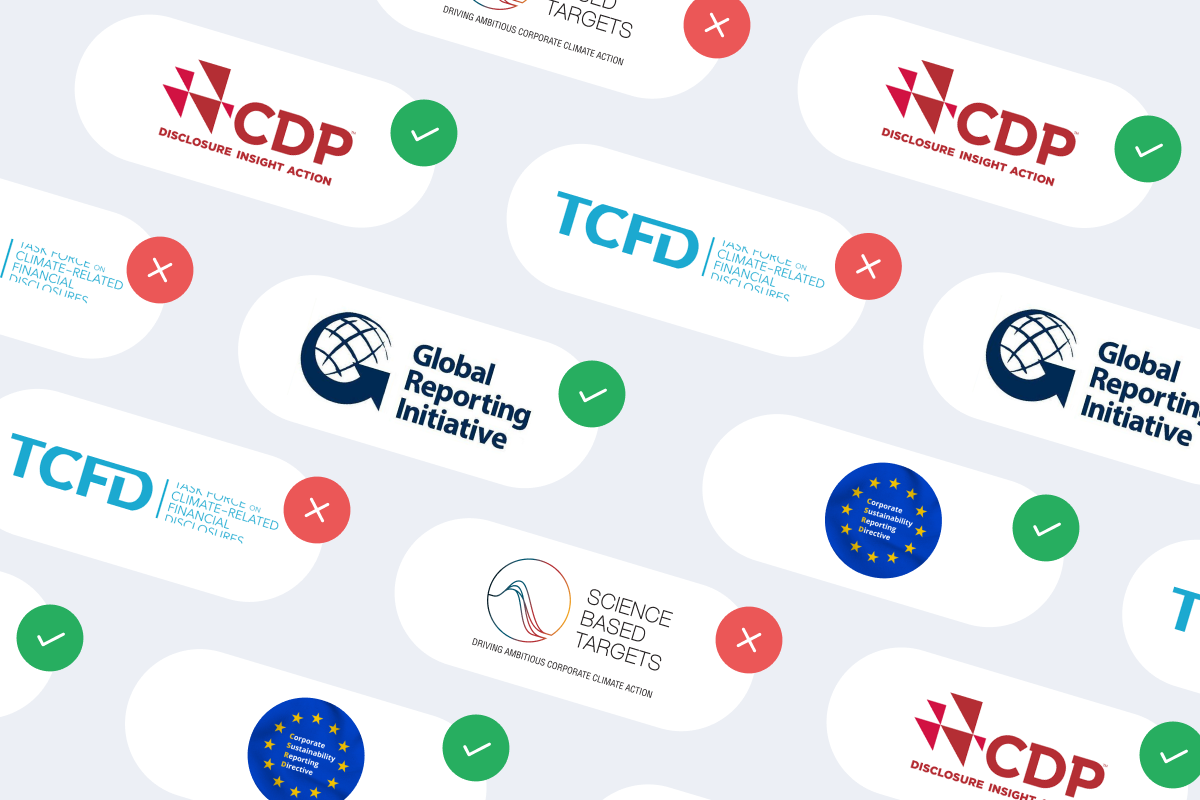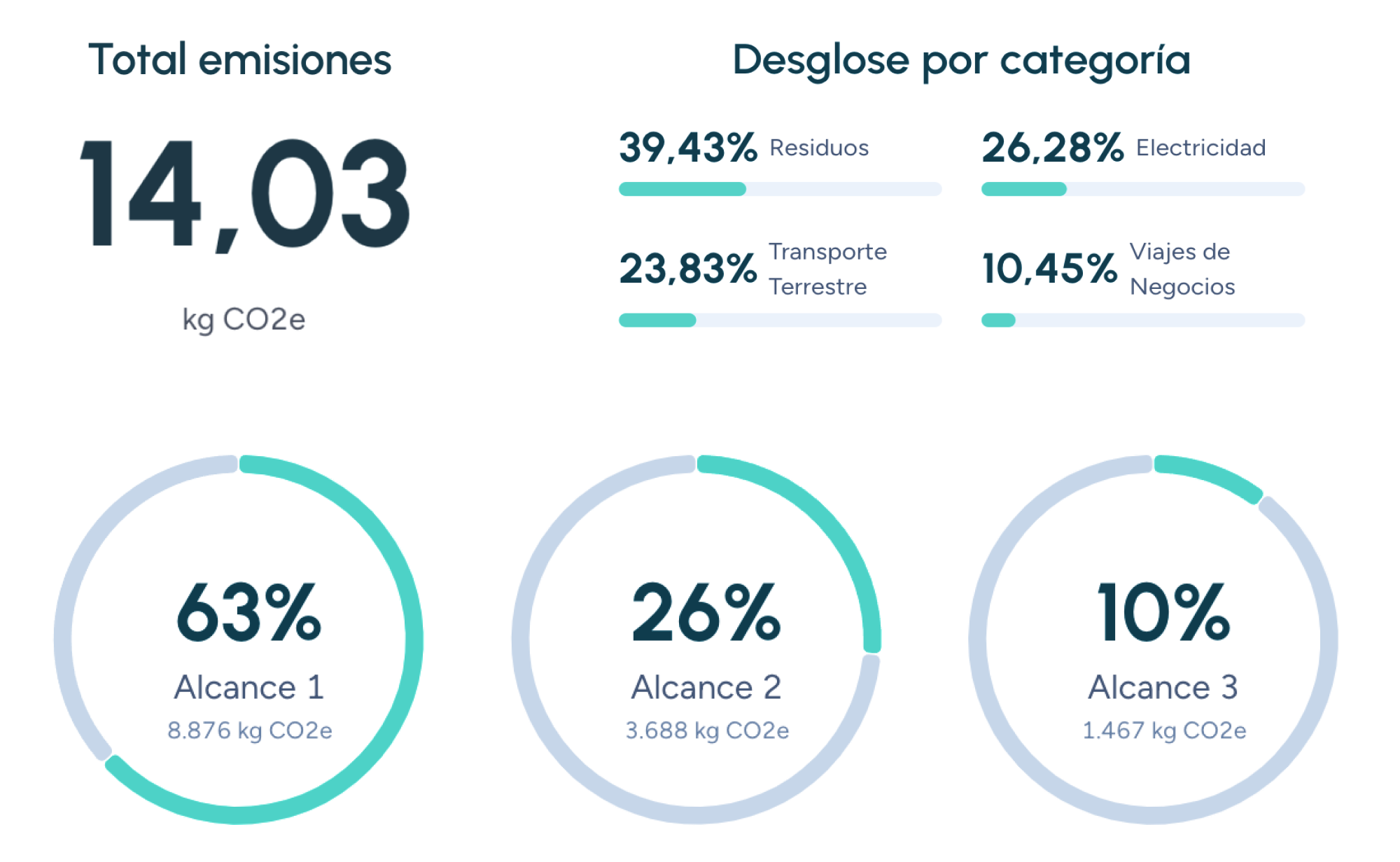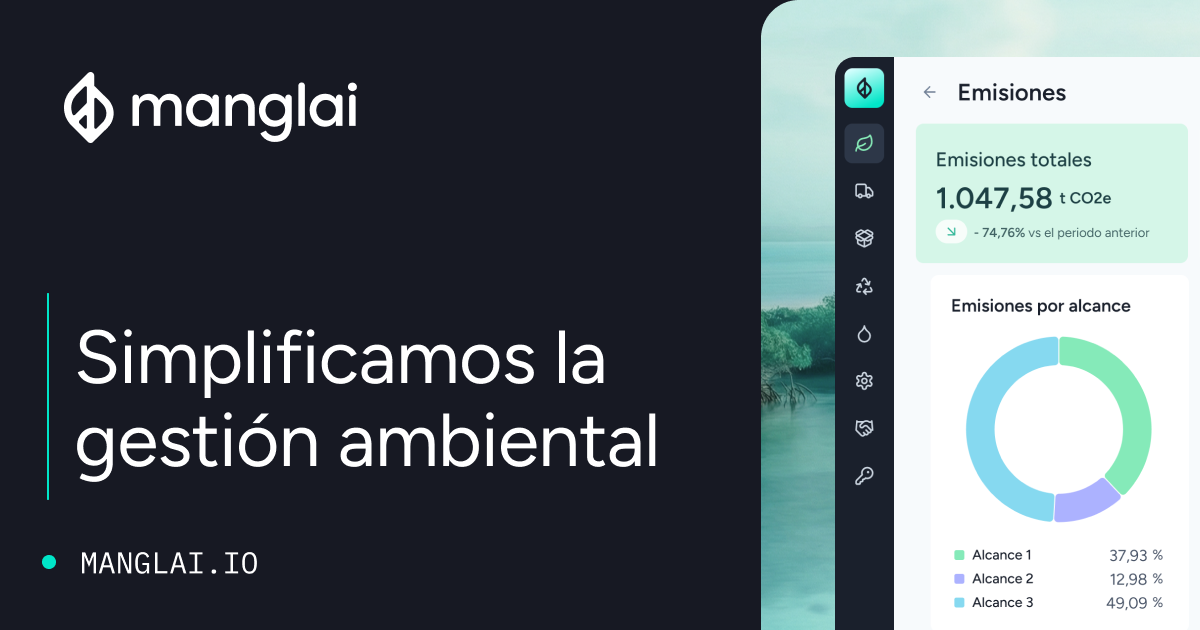D
Downcycling
The term downcycling refers to a process within recycling in which recycled materials or products are transformed into new materials of lower quality or value compared to their original state. This concept, although less well known than traditional recycling or upcycling, plays a key role in waste management and carbon footprint reduction.
What is downcycling?
Downcycling, also known as cascading recycling, is a process in which recycled materials are repurposed to create lower-quality or lower-value products.
For example, plastic bottles can be downcycled into textile fibers to make clothing, but these fibers cannot be turned back into plastic bottles. While this process helps reduce waste, it has limitations in long-term sustainability, as materials eventually lose their usability and end up as waste.
The concept of downcycling was popularized by architects William McDonough and Michael Braungart in their book Cradle to Cradle, where they argue that this type of recycling is not ideal because it reduces the useful lifecycle of materials. However, it remains a better alternative than landfilling or incineration, as it helps reduce the extraction of natural resources and associated emissions.
Downcycling vs. traditional recycling and upcycling
To better understand downcycling, it’s useful to compare it with other types of recycling:
- Traditional Recycling: This process involves collecting and processing discarded materials into new products that are similar to the original. For example, recycled glass can be turned into new glass bottles.
- Upcycling: Unlike downcycling, upcycling involves repurposing materials to create higher-quality or higher-value products. An example would be turning used tires into furniture or decorative accessories.
Downcycling falls between these two extremes—it allows material reuse but with a progressive loss of quality and functionality. This degradation limits the number of times a material can be recycled before it becomes waste.
The impact of downcycling on carbon footprint
The downcycling process has significant implications for reducing carbon footprint. While not as effective as traditional recycling or upcycling in terms of sustainability, it is still a valuable tool for lowering greenhouse gas (GHG) emissions.
Here are some ways downcycling contributes to carbon management:
- Reduces resource extraction: By reusing existing materials, downcycling reduces the need for raw material extraction and processing, significantly lowering emissions.
- Diverts waste from landfills: Downcycling helps prevent materials from ending up in landfills, where certain waste can release methane emissions, a potent GHG.
- Lowers energy consumption: Although downcycling requires energy, it generally uses less than producing new materials from scratch.
However, downcycling is not a perfect solution. The loss of material quality means that eventually, the materials will become non-recyclable waste, limiting their contribution to the circular economy.
The role of downcycling in the circular economy
The circular economy seeks to maximize resource reuse and minimize waste. Within this framework, downcycling plays an intermediate role:
- It does not fully close the material lifecycle.
- However, it extends material use and reduces the need for virgin resources.
To achieve true circularity, downcycling should be combined with other strategies, such as closed-loop recycling and product design that enhances recyclability.
For example, a company using recycled plastic in its products could implement a collection system to ensure these products are continuously recycled instead of discarded.
Examples of downcycling
Downcycling applies to a wide range of materials and products. Some common examples include:
- Plastics: Recycled plastics are often turned into lower-quality products, such as textile fibers or construction materials.
- Paper: Paper quality degrades with each recycling cycle, eventually making it usable only for cardboard or packaging paper.
- Metals: While metals can often be recycled in a closed-loop, some recycling processes degrade their quality, resulting in less valuable products.
These examples illustrate how downcycling, despite its limitations, remains a valuable tool for waste management and environmental impact reduction.
How businesses can manage downcycling’s impact
For companies, downcycling presents both challenges and opportunities:
- Challenges: The loss of material quality can limit usability.
- Opportunities: Using recycled materials, even of lower quality, can reduce emissions and demonstrate a strong commitment to sustainability.
One way to manage downcycling’s impact is through strategic analysis and planning.
For example, Manglai provides advanced tools to calculate carbon emissions in real-time and analyze the impact of different decarbonization scenarios. These features help companies identify opportunities to optimize recycled material use and minimize their carbon footprint.
Manage downcycling in your business with Manglai
Downcycling is a key concept in recycling and waste management, with important implications for sustainability and carbon footprint reduction.
By combining downcycling with other recycling strategies and advanced carbon management tools, companies can move toward a more circular and sustainable economy.
Tools like those provided by Manglai can be a strategic ally in this process, offering detailed analytics and customized solutions to optimize resource management and reduce emissions.
Companies that trust us

D2w
D2w refers to an additive that, when incorporated into conventional plastics, aims to speed up their degradation through a process known as oxidation.
Decarbonization
Discover what decarbonization means and how this shift toward a sustainable future can help combat climate change. Learn about key strategies and measurement tools.
Desalination
Desalination is the process of separating salts and minerals from seawater or brackish water to obtain freshwater suitable for human, agricultural, or industrial use.
Guiding businesses towards net-zero emissions through AI-driven solutions.
© 2026 Manglai. All rights reserved
Política de Privacidad


